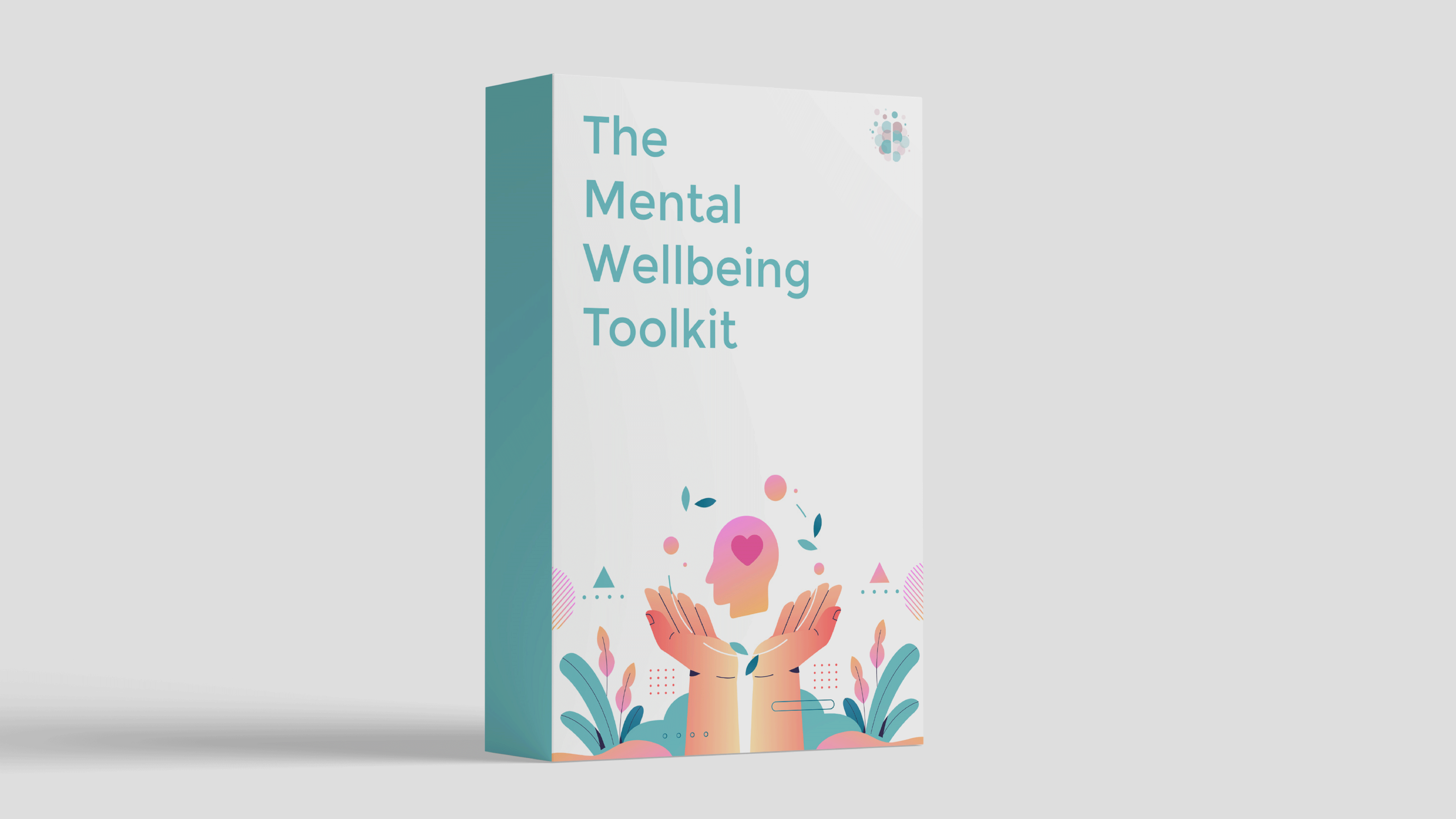Artificial Intelligence (AI) is no longer a futuristic concept reserved for tech enthusiasts – it’s here, and it’s altering the way we approach nearly every industry, including therapy.
If you’re a therapist wondering whether AI is just another passing trend, think again. With its ability to personalise care, streamline processes, and offer unprecedented insights, AI is paving the way for a whole new therapeutic landscape.
Let’s dive into how AI is impacting the world of mental health and what you can do to adapt and thrive.
Types of AI Being Adopted in Therapy
AI in therapy comes in many forms. From chatbots that provide immediate responses to people in distress to predictive analytics that help anticipate client needs, AI’s applications are as diverse:
- Chatbots. AI-powered chatbots like Wysa and Woebot offer 24/7 emotional support, using conversational AI to simulate human interaction. They also provide guided therapeutic exercises.
- Virtual reality (VR). Platforms like Limbix combine AI with VR to create immersive environments for exposure therapy, helping clients confront phobias or traumatic memories in controlled settings.
- Natural language processing (NLP). By analysing a client’s speech patterns, mood, and sentiment, NLP tools assist therapists in understanding underlying issues or identifying suicidal ideation.
- Predictive analytics. AI systems use patient data to anticipate potential crises, helping therapists intervene early.
One fascinating case study involves Ellie, a virtual therapist developed by researchers at USC’s Institute for Creative Technologies. Ellie uses AI to assess depression and PTSD by observing micro-expressions, tone, and verbal cues. Clients report finding her comforting because she lacks human judgement yet provides detailed insights that therapists can build upon.
What Is Machine Learning (ML) and How Is It Being Adopted?
Machine learning is a type of AI that allows systems to learn from data. Instead of being explicitly programmed, an ML system improves over time by recognising patterns and making predictions.
For therapists, this could mean:
- Algorithms that detect whether a client is likely to drop out of therapy.
- Tools that help identify which clients respond best to specific modalities.
- Models that analyse anonymized session data to suggest evidence-based interventions.
- Systems that flag potential burnout risk for therapists based on scheduling, workload, and client complexity.
- Tools that recommend psychoeducational resources based on client needs and session content.
- AI-assisted transcription of therapy sessions (with consent) to reduce administrative burden.
A real-world example comes from the use of ML in the Talkspace platform.
They used machine learning to identify people at risk of self-harm or suicide. Since 2019, their natural language processing (NLP) model has analysed encrypted therapy messages in real time, flagging patterns of language linked to suicidal ideation with 83% accuracy. While not a crisis service, the alerts help therapists intervene more effectively.
So far, the system has flagged around 32,000 clients, with over half showing improved outcomes after continued care. Their CEO emphasises that while technology won’t replace human connection, AI tools like this can significantly enhance care quality and early intervention.
How Can Understanding AI and ML Help You Excel as a Therapist?
The most successful therapists in the technological era won’t necessarily be the ones with the most experience – they’ll be the ones who embrace these new tools intelligently. Key benefits include:
- Future-proofing. As these technologies become more ubiquitous, understanding and using them will set you apart from peers who resist change.
- Enhanced personalisation. AI can help tailor interventions by analysing client data to recommend techniques that suit their individual needs.
- Streamlined admin tasks. Automating paperwork or scheduling through AI tools frees up your energy for client care.
- Deeper insights. ML can reveal patterns you might not notice, enabling you to refine your therapeutic methods.
How to Learn These Concepts
The good news is that the resources to learn AI and ML concepts are more accessible than ever. All you need is the willingness to explore and adapt. Here are some ways to get started:
- Webinars and workshops. Organisations like the American Psychological Association host sessions to discuss AI’s impact on therapy.
- Online courses. Why not challenge yourself with an interactive ML course? There are plenty of beginner-friendly courses in both ML and AI. Look for topics like “AI for Healthcare” or “Introduction to Machine Learning.”
- Specialised certifications. Consider certifications in AI ethics, NLP, or data analysis tailored for mental health professionals.
- Books and articles. Dive into accessible learning resources for a deeper understanding.
Ethical Considerations
While these technologies can enhance care and improve efficiency, they also raise important ethical questions. Here are four key areas to be mindful of:
1. Data Privacy and Consent
AI tools often rely on large datasets to function effectively. If those datasets include therapy session transcripts, client messages, or behavioural patterns, it’s essential that all data is anonymized, securely stored, and used with explicit, informed consent.
Therapists should avoid inputting personally identifiable or sensitive client data into general-use AI models like ChatGPT or Gemini, which may retain or reproduce information in ways that breach confidentiality or violate regulations like UK GDPR.
2. Transparency and Professional Oversight
Clients should be informed when AI is being used to support their care.
Transparency builds trust and ensures people understand the limits of AI involvement. Therapists must also ensure any AI-generated content (e.g., session summaries or intervention suggestions) is reviewed and interpreted by a qualified professional. Machine-generated insights must never replace professional judgment.
3. Bias in Training Data
AI systems learn from existing data, which can carry embedded social, cultural, or clinical biases. This means AI might inadvertently reinforce stereotypes or offer recommendations that don’t serve all populations equally.
Therapists should be aware of the potential for biased outputs (especially when working with marginalized groups).
4. Avoiding Anthropomorphism
It’s easy to fall into the trap of treating AI as if it has thoughts or emotions. But these systems don’t understand, feel, or “think” like humans. They generate responses based on data patterns. Describing AI in human terms may mislead clients and obscure the true limitations of the technology.
Summary
AI and ML are revolutionising therapy, making it more personalised, efficient, and insightful than ever before – but only when used with transparency, care, and a strong ethical framework.
By understanding the basics of AI and ML, you can adapt to this evolving landscape and excel within it. From chatbots to predictive analytics, the possibilities are vast and promising.
Take the time to explore these tools and educate yourself through workshops, courses, and hands-on experience. With AI, you have the potential to make an even greater impact on the lives of those you serve.
Helpful Tools
Our self-guided program includes tools from CBT, DBT, ACT and more, so you can discover what works best for you. Check out The Mental Wellbeing Toolkit today – it's "like 10 therapy sessions in one."
Author




